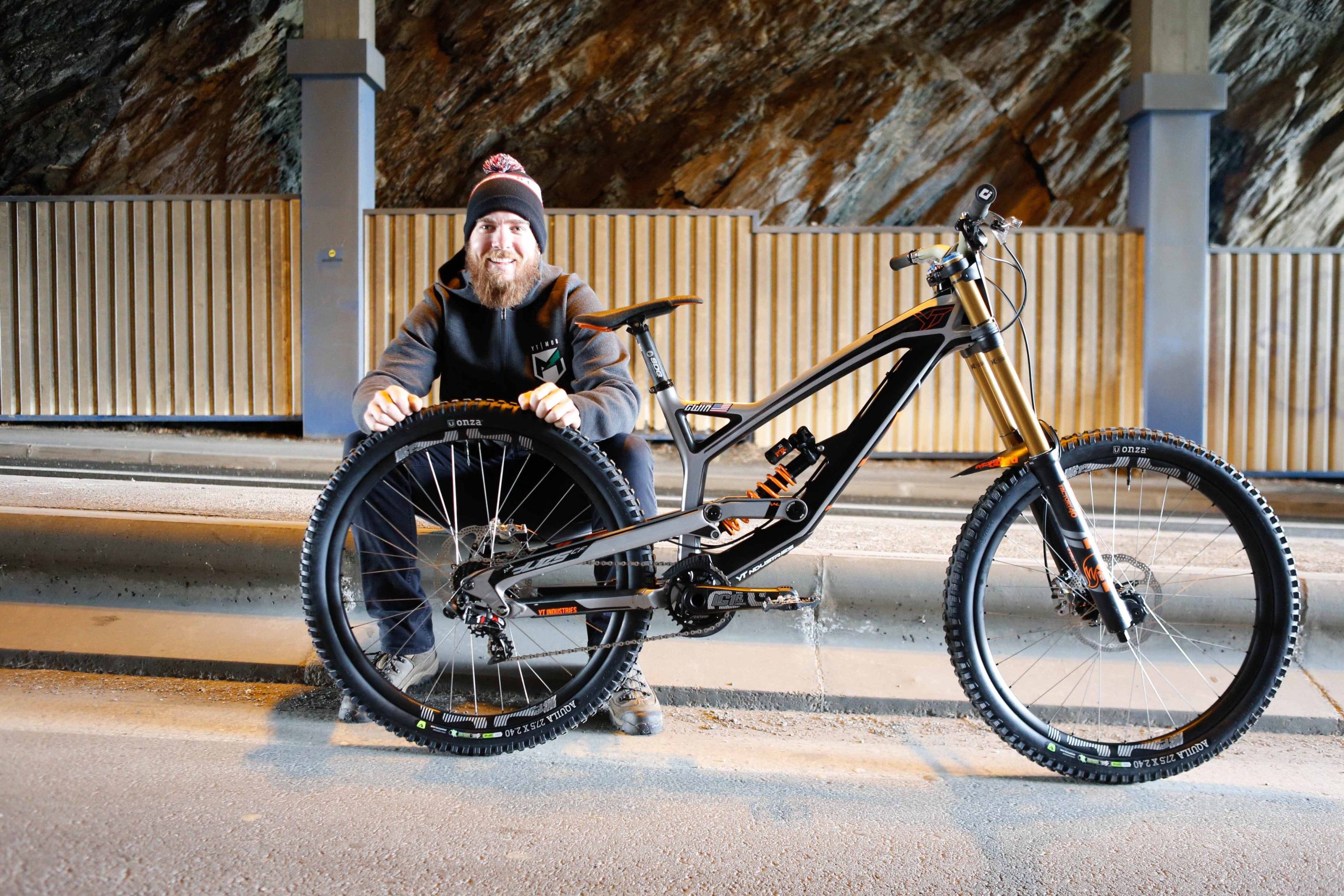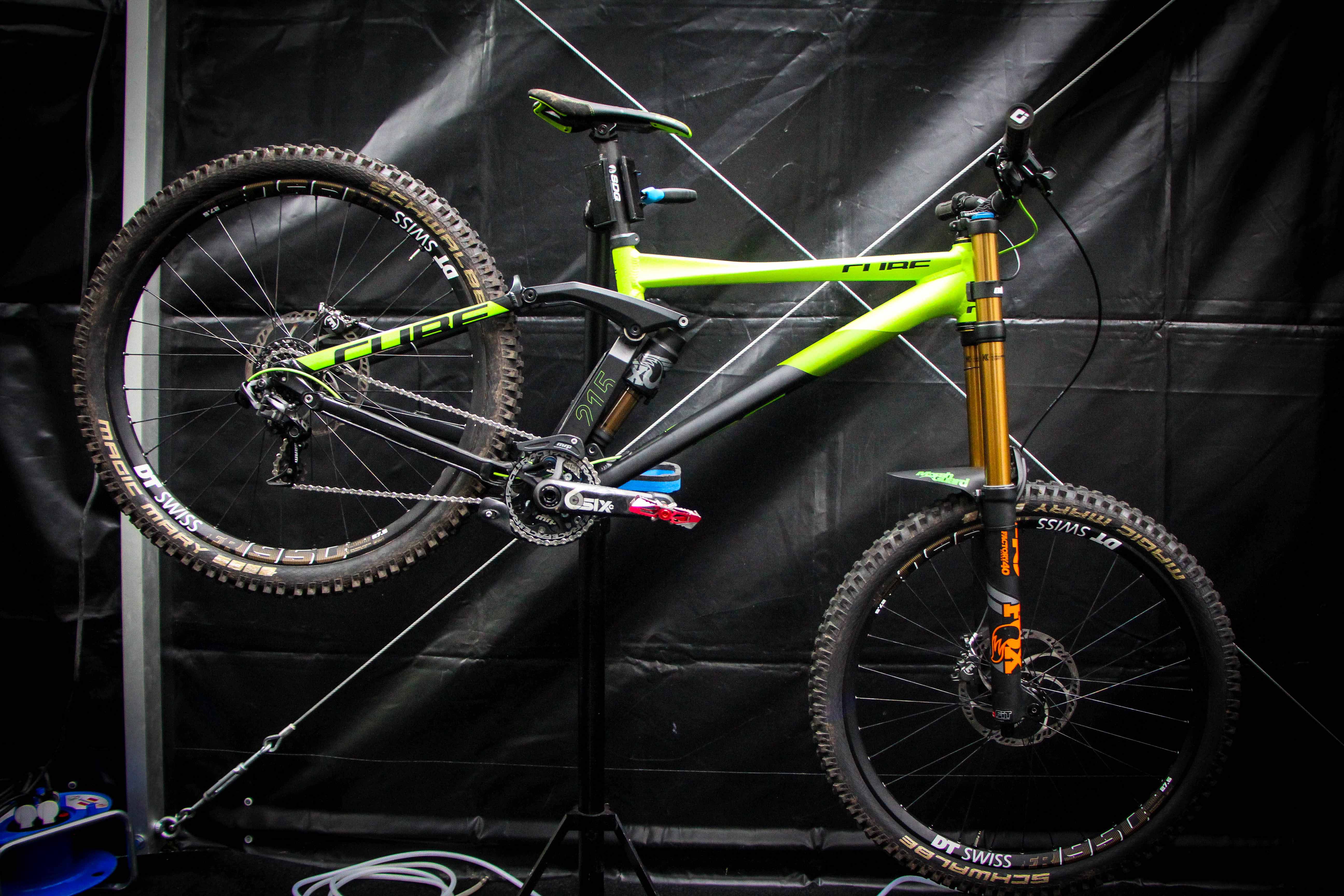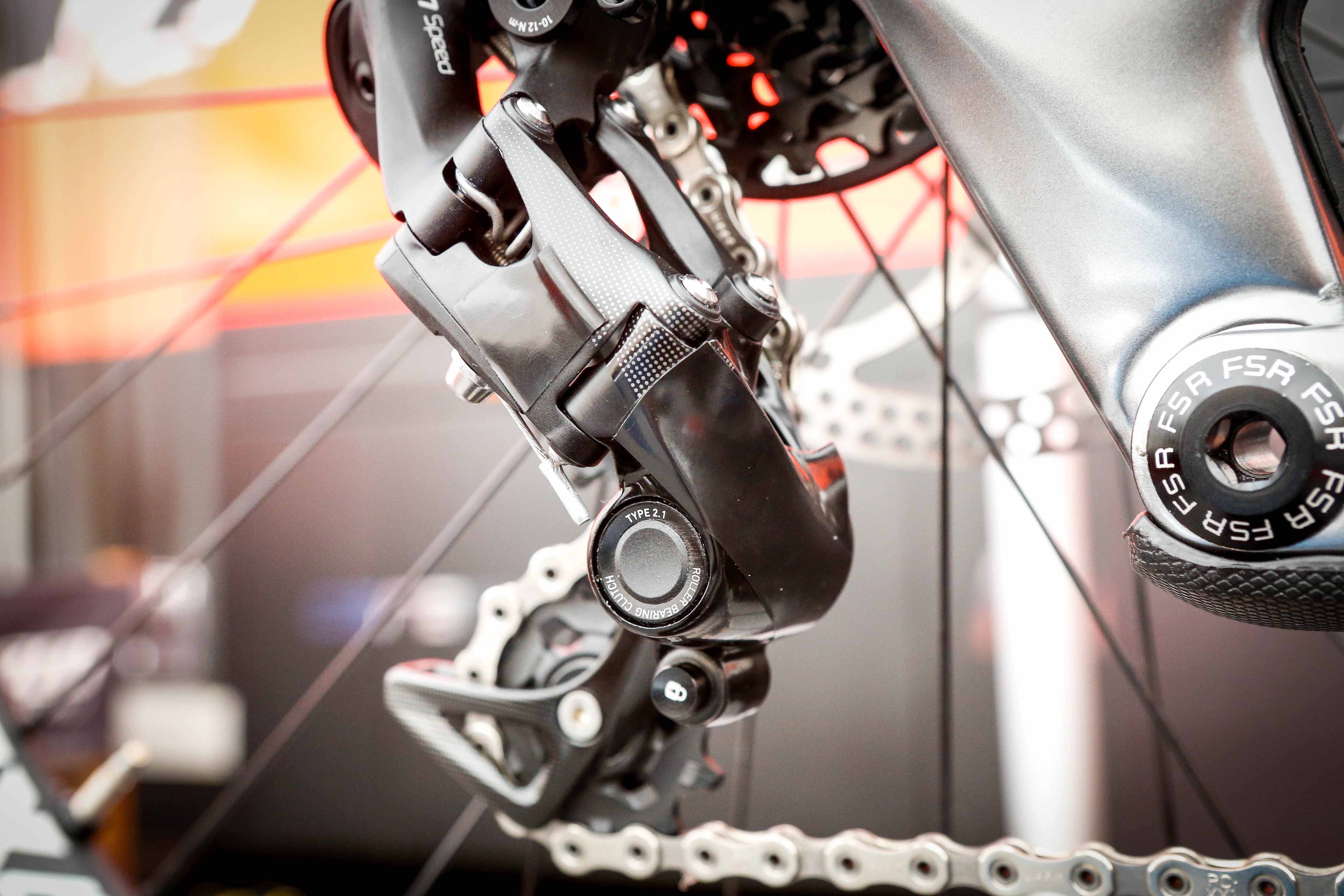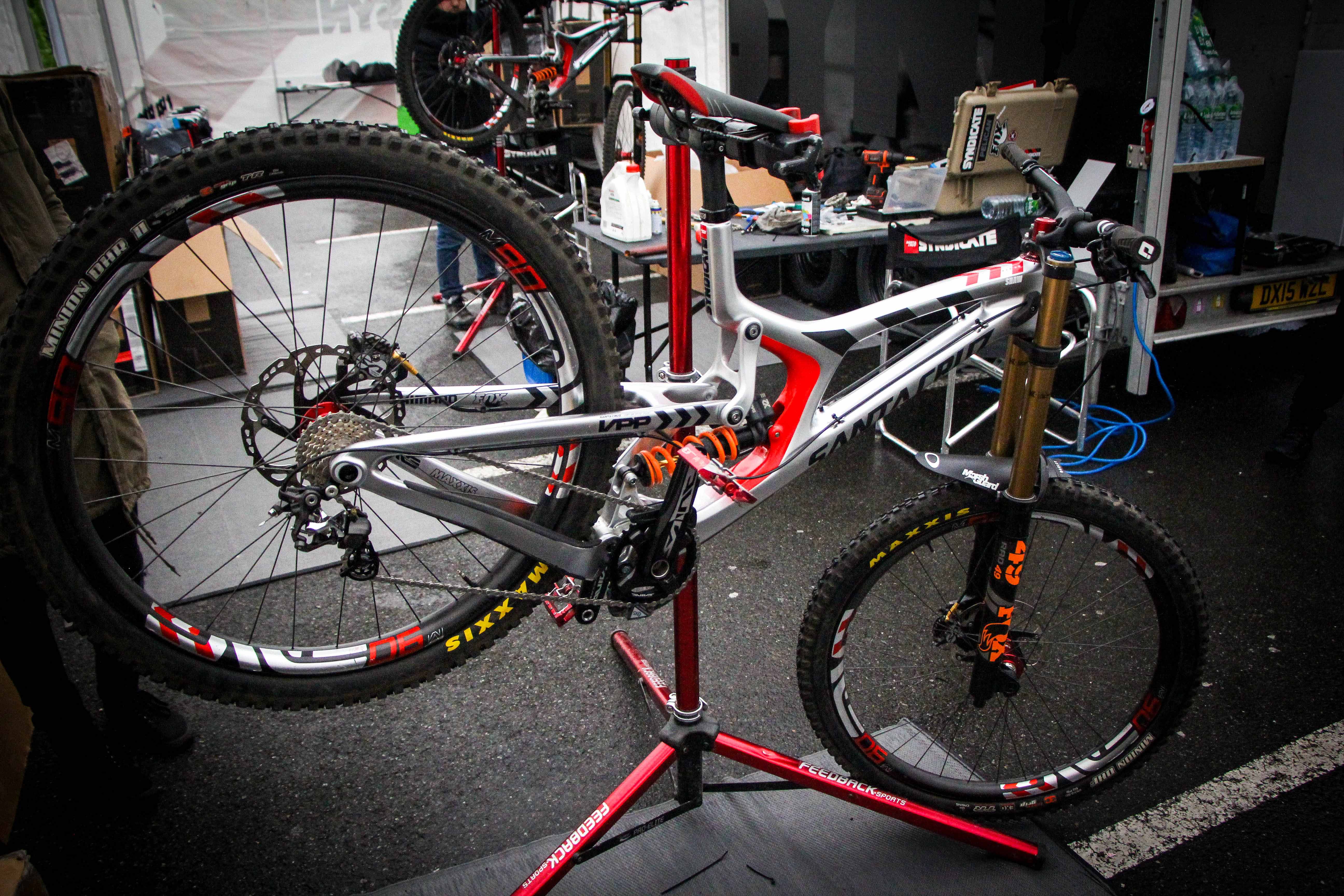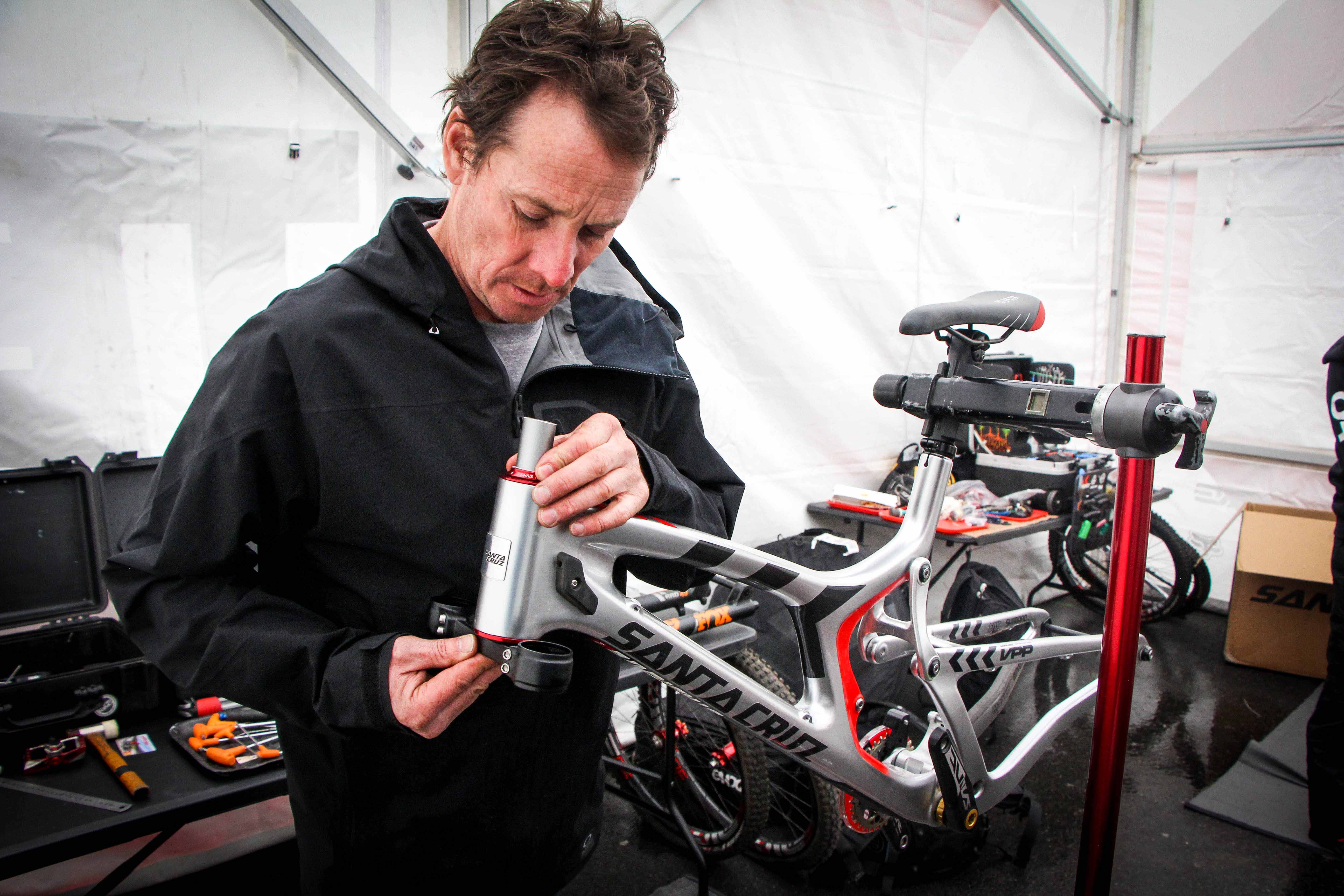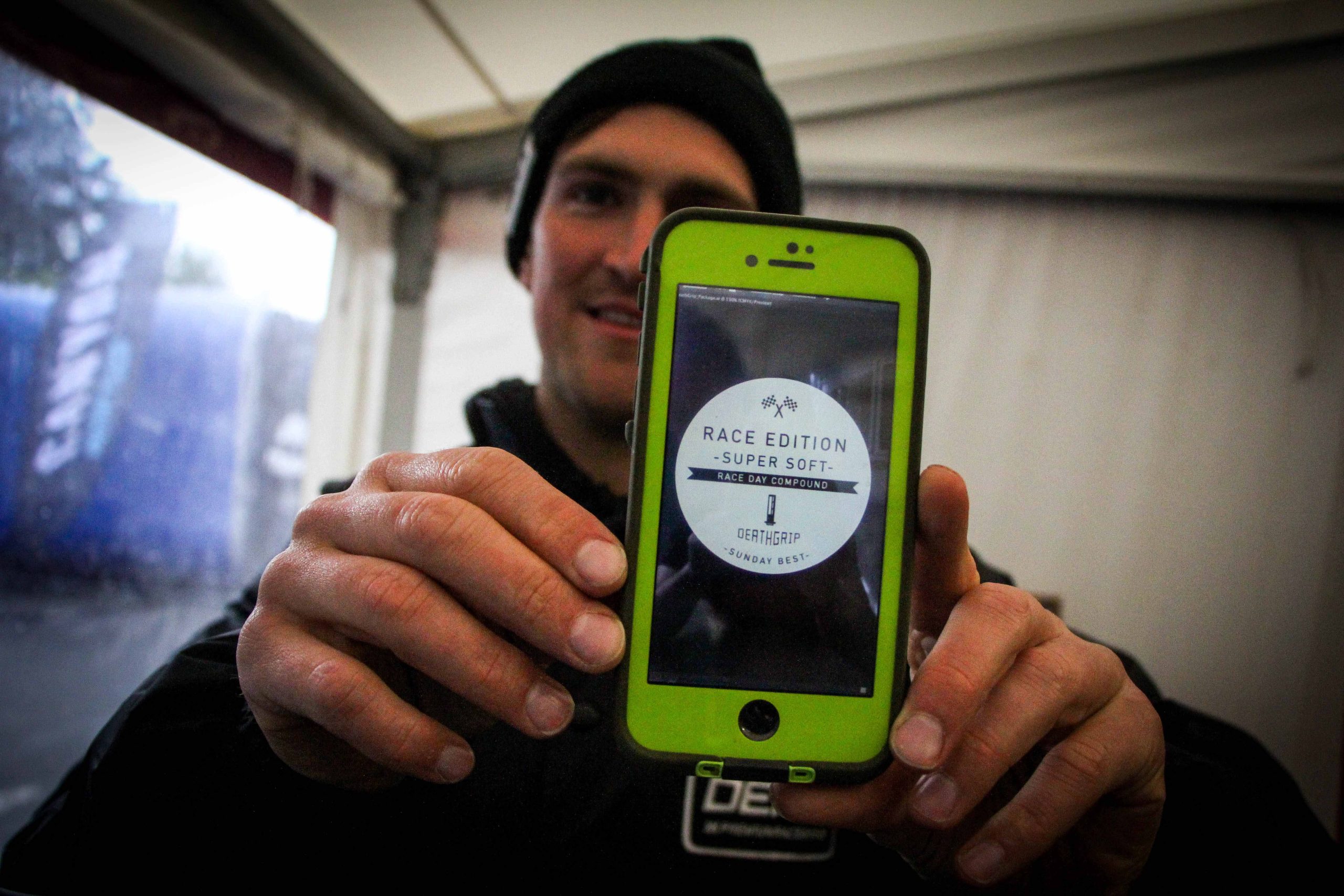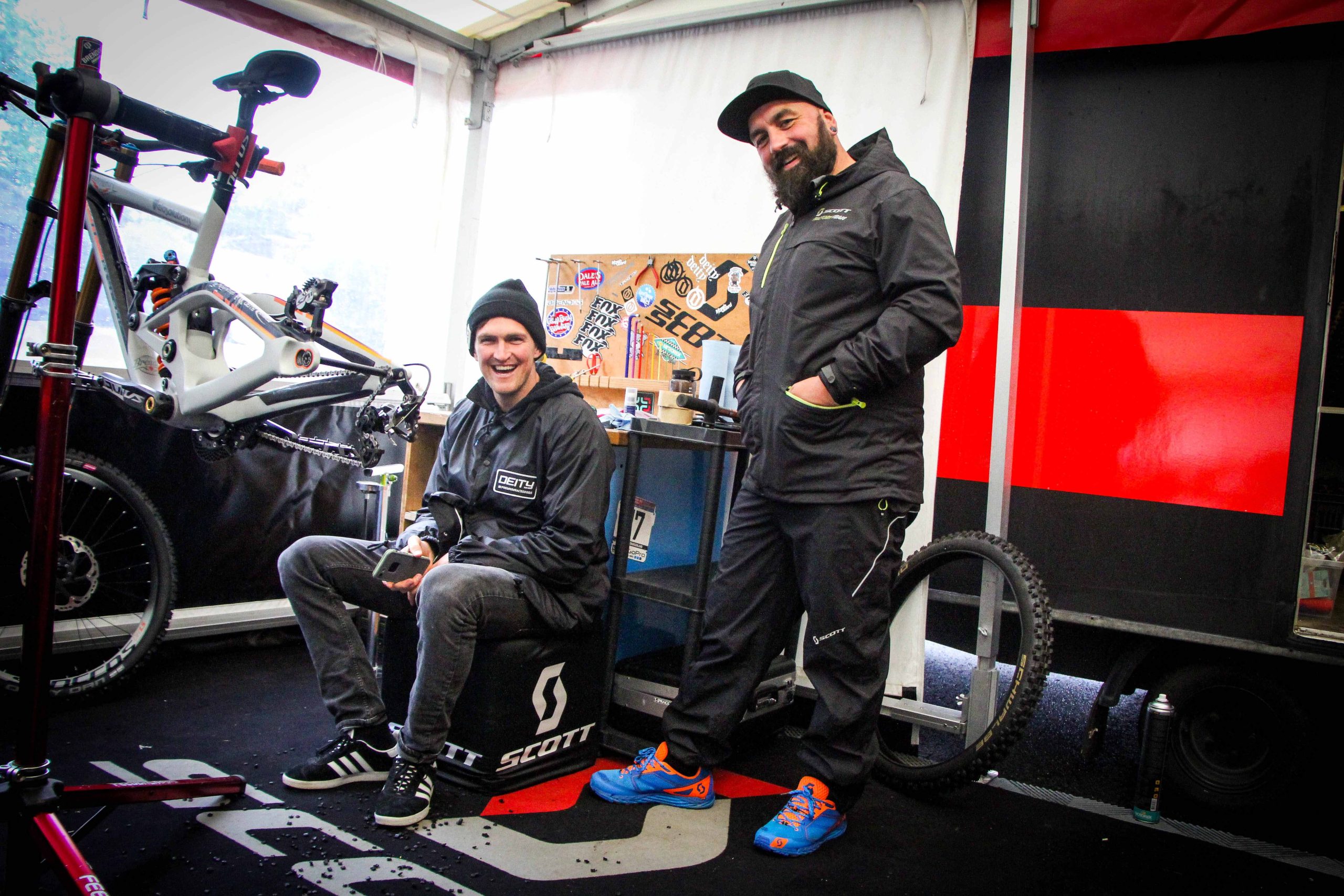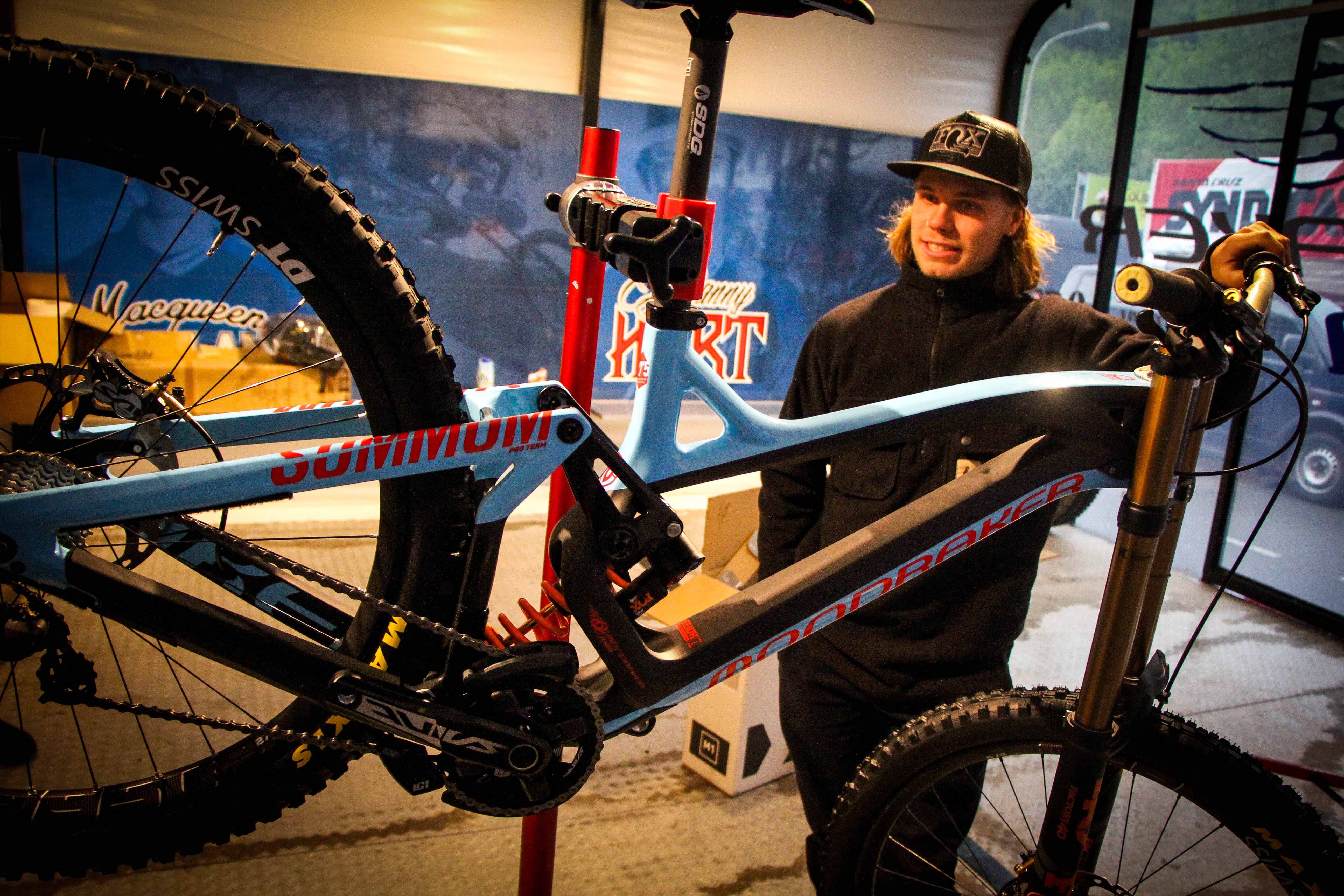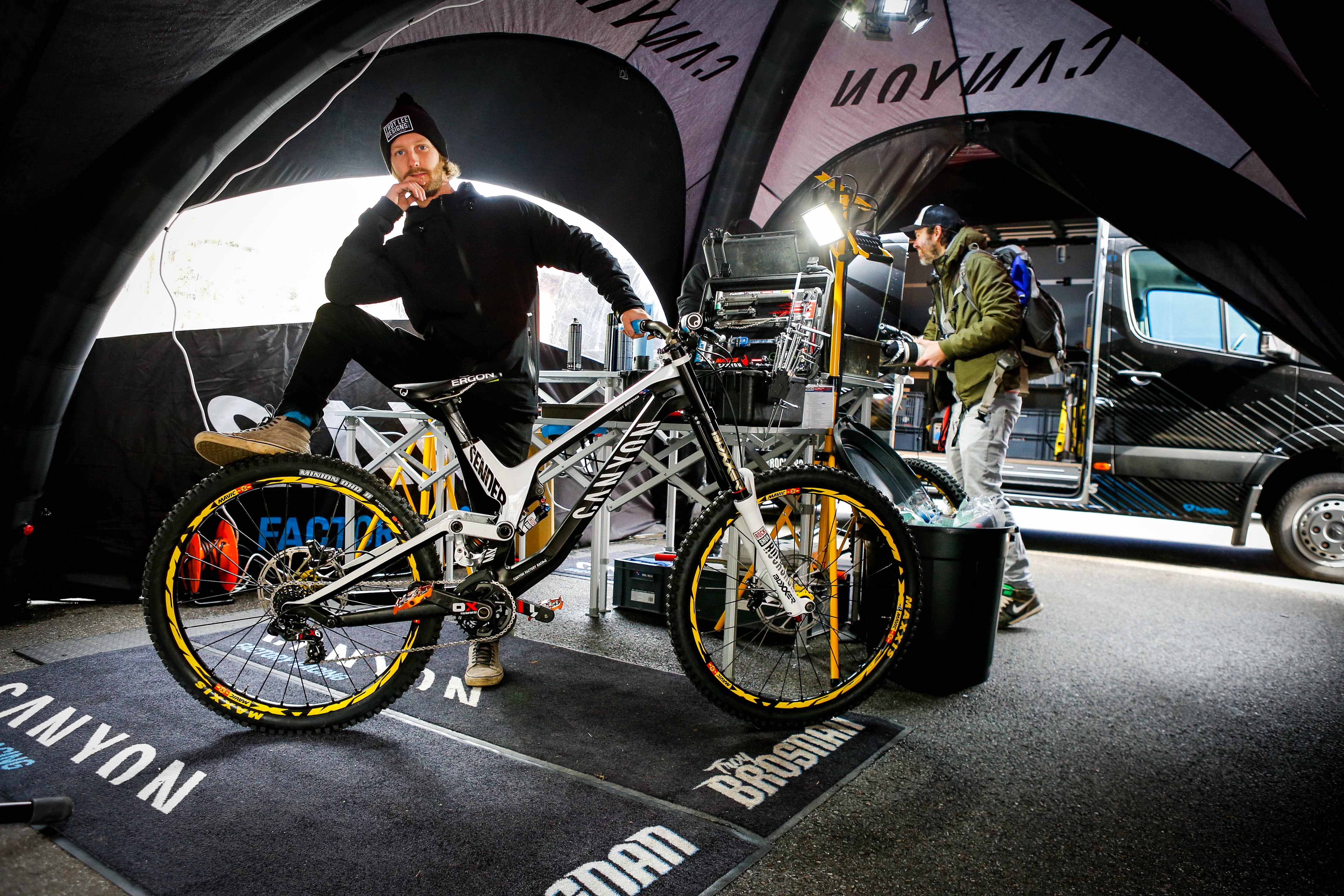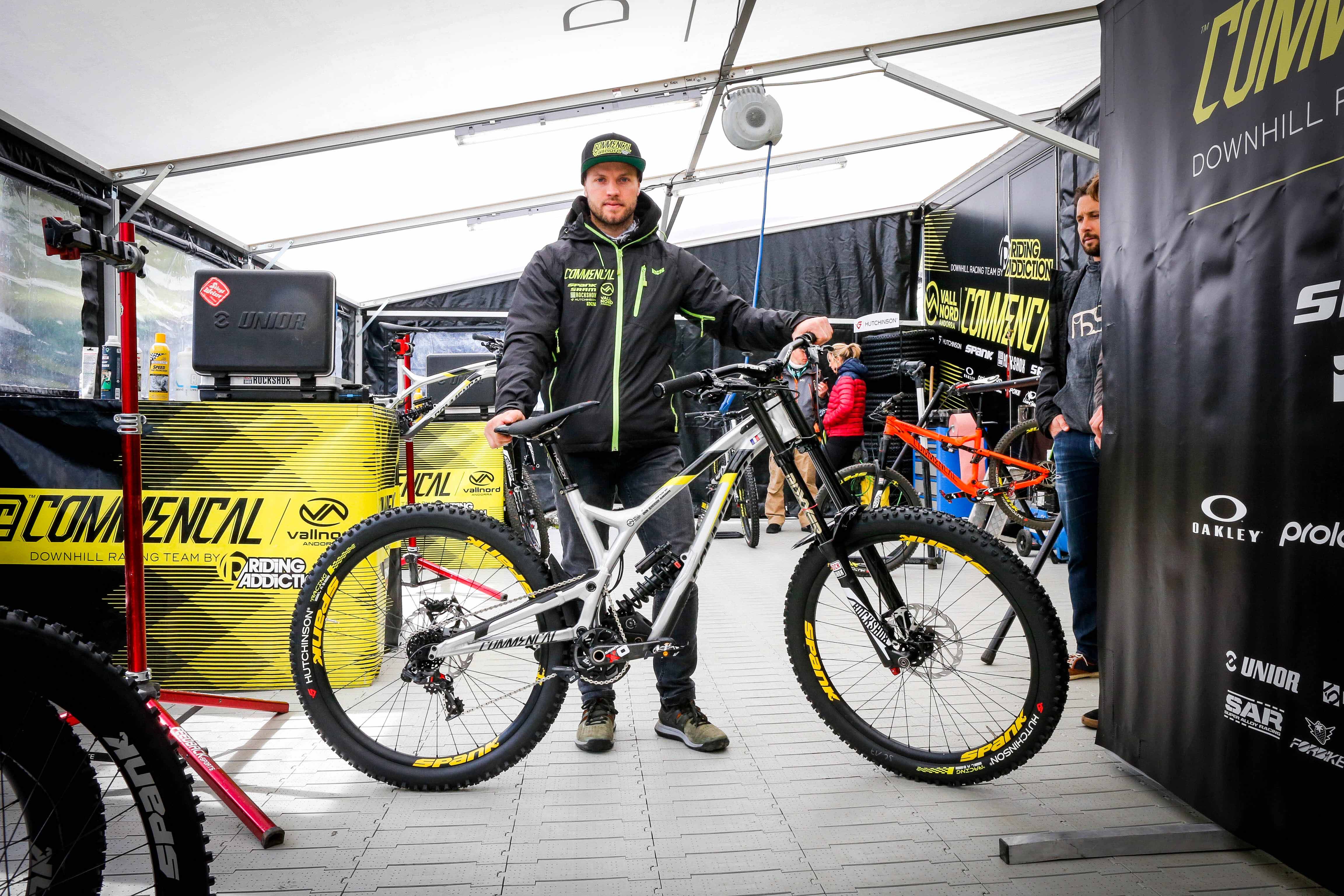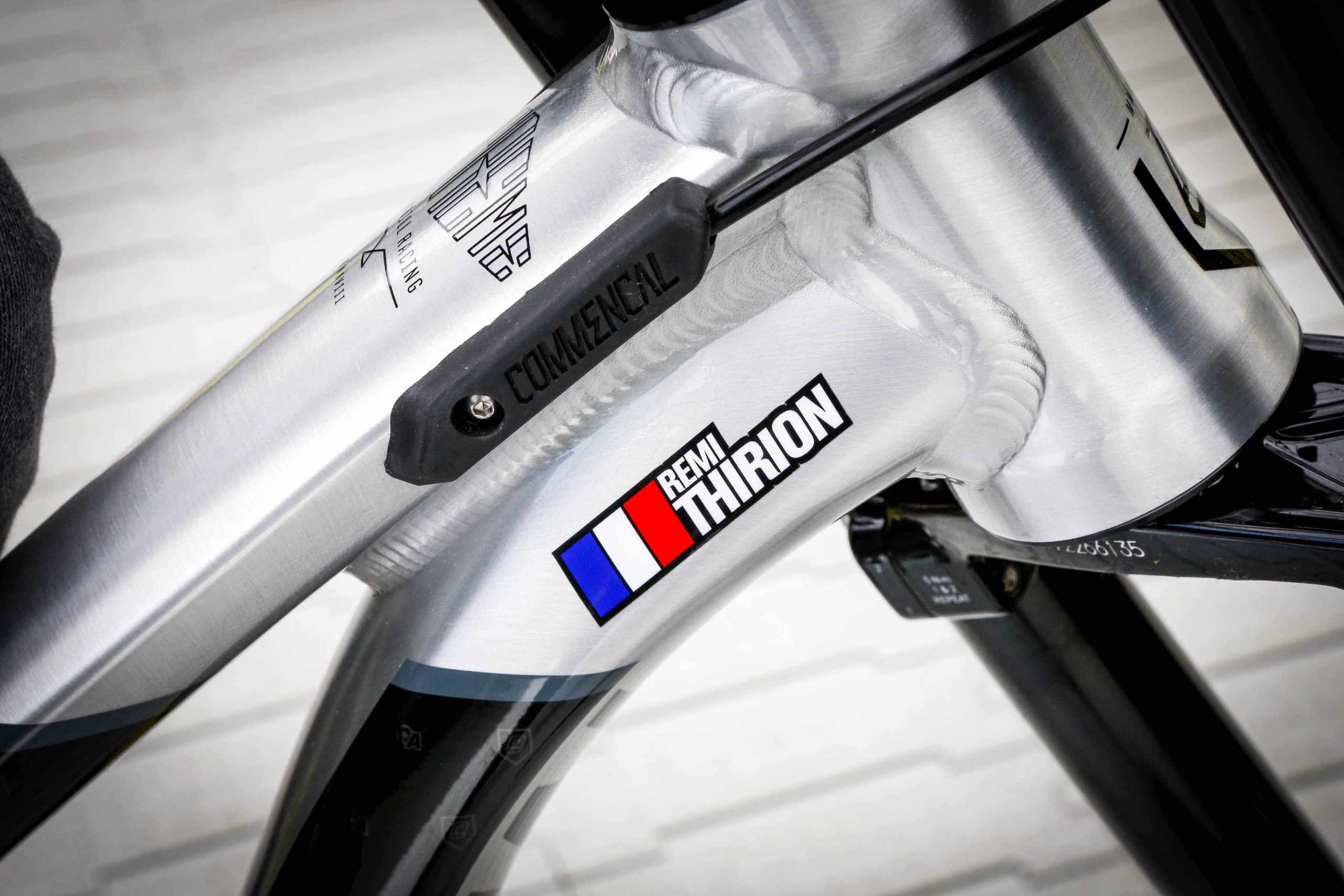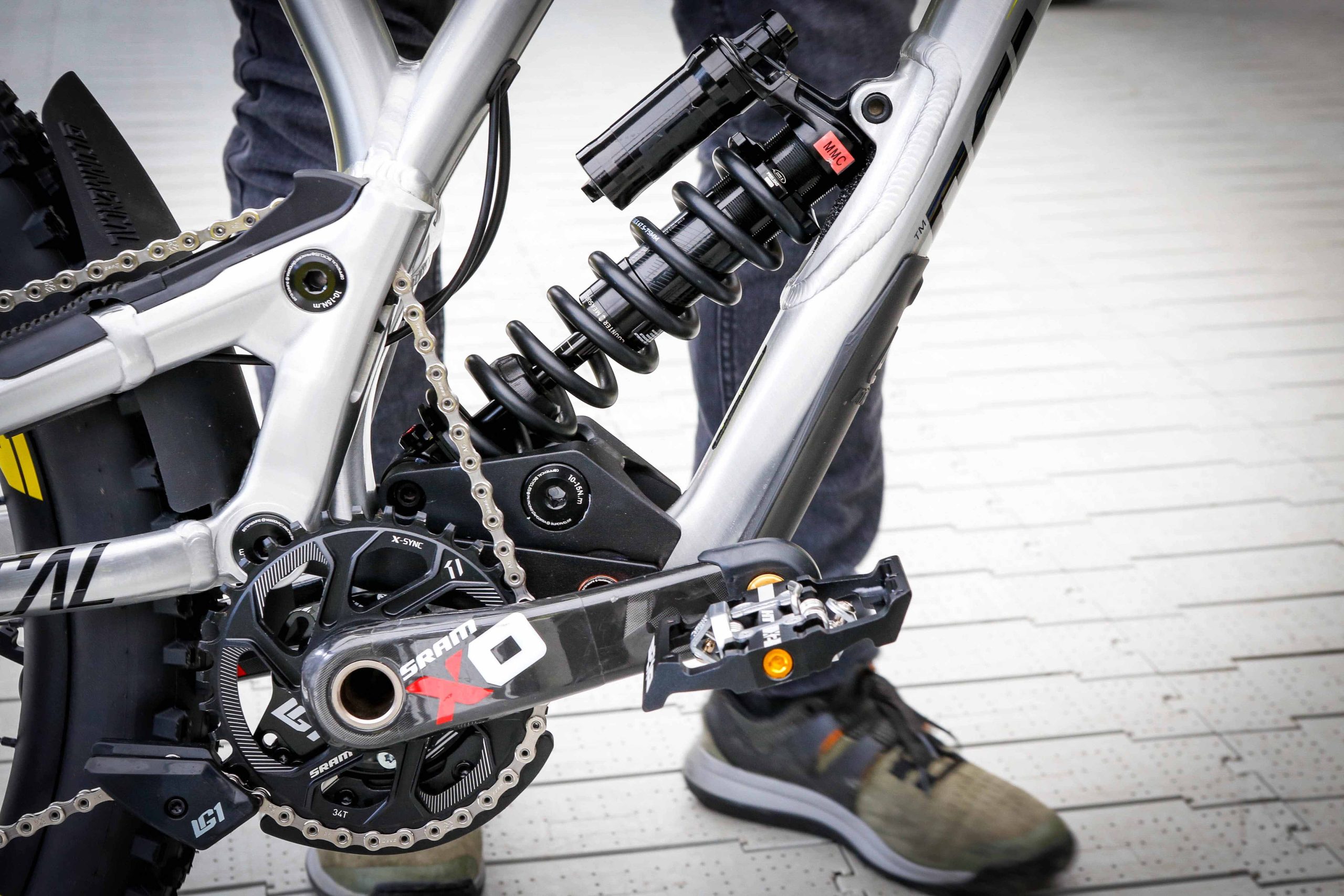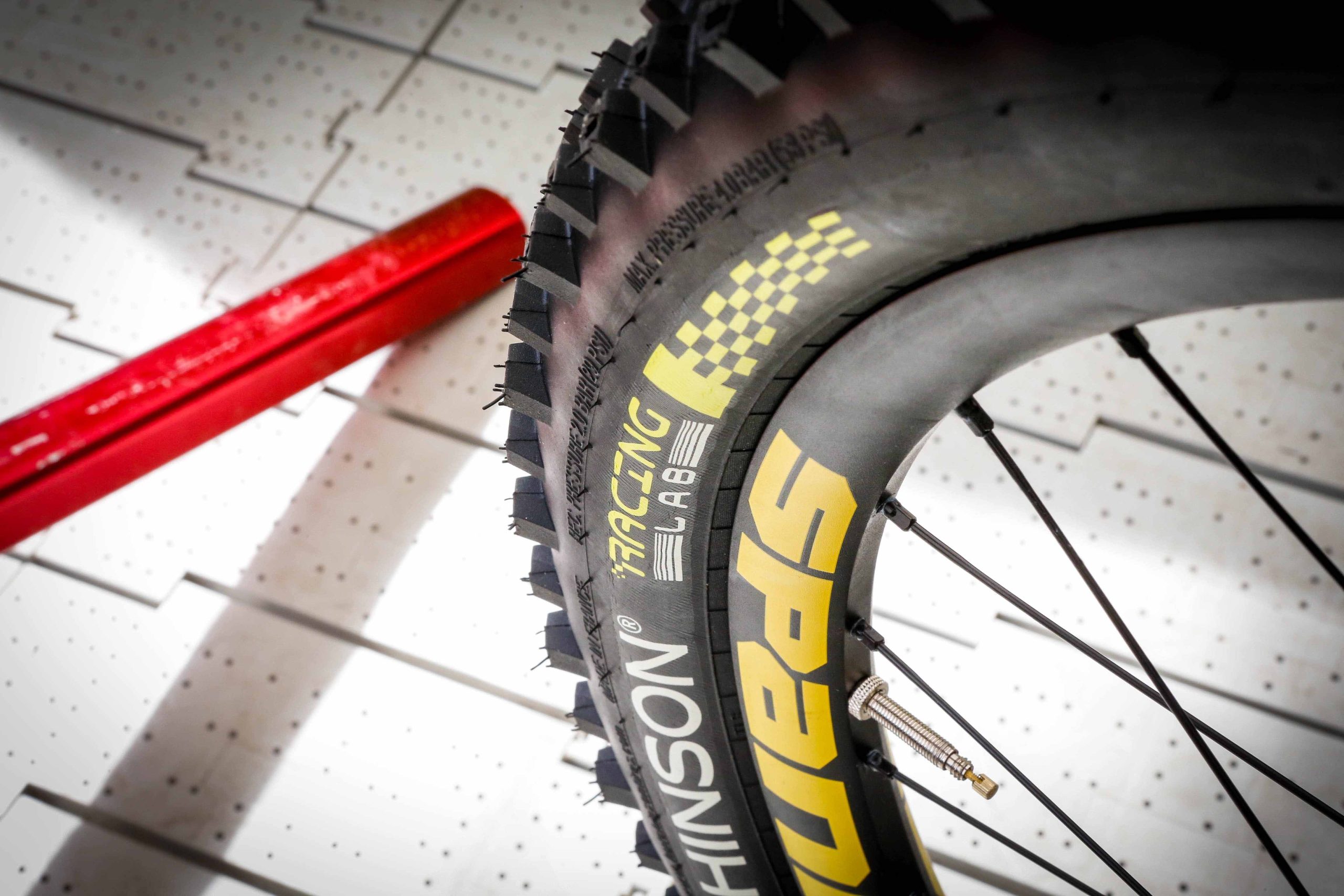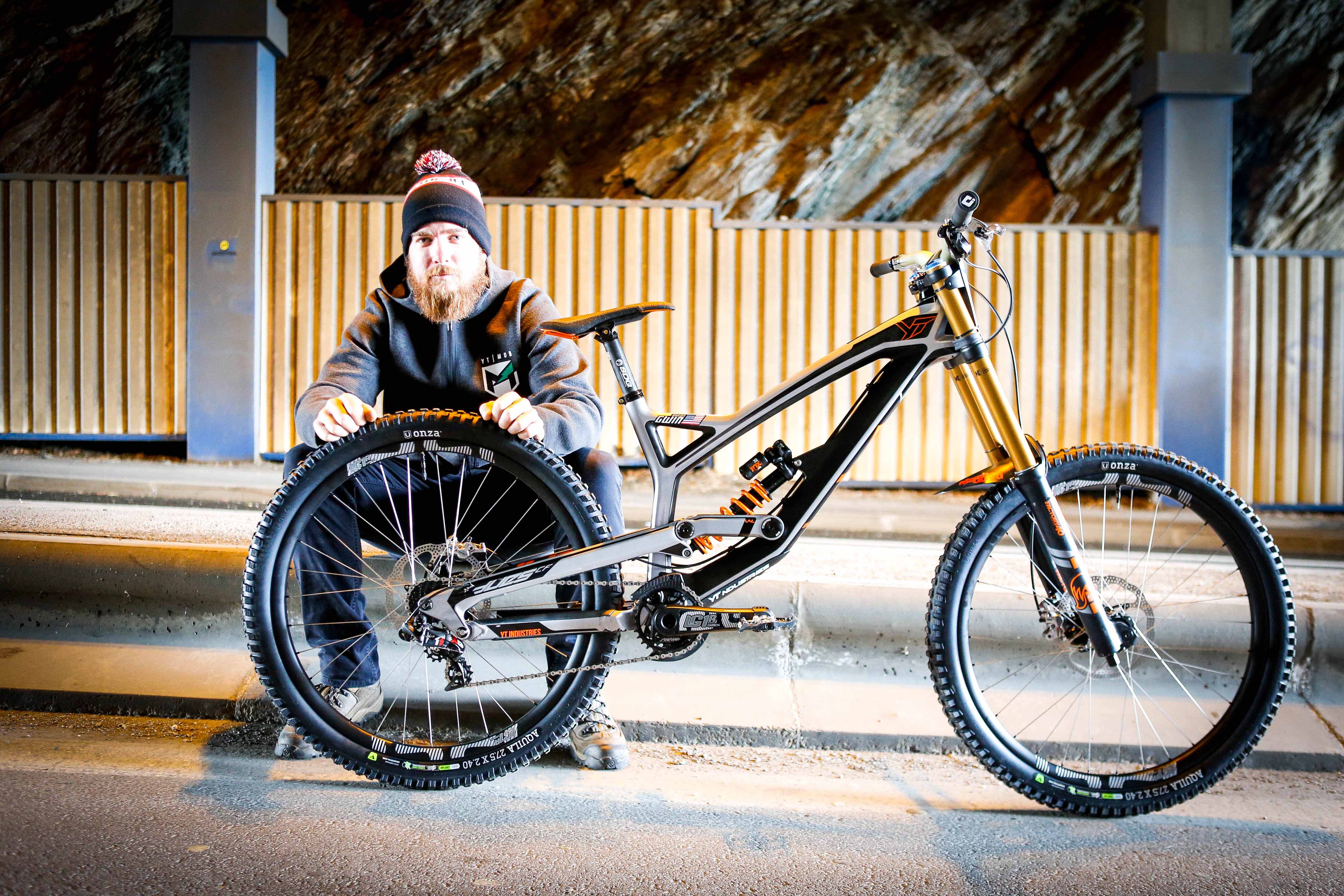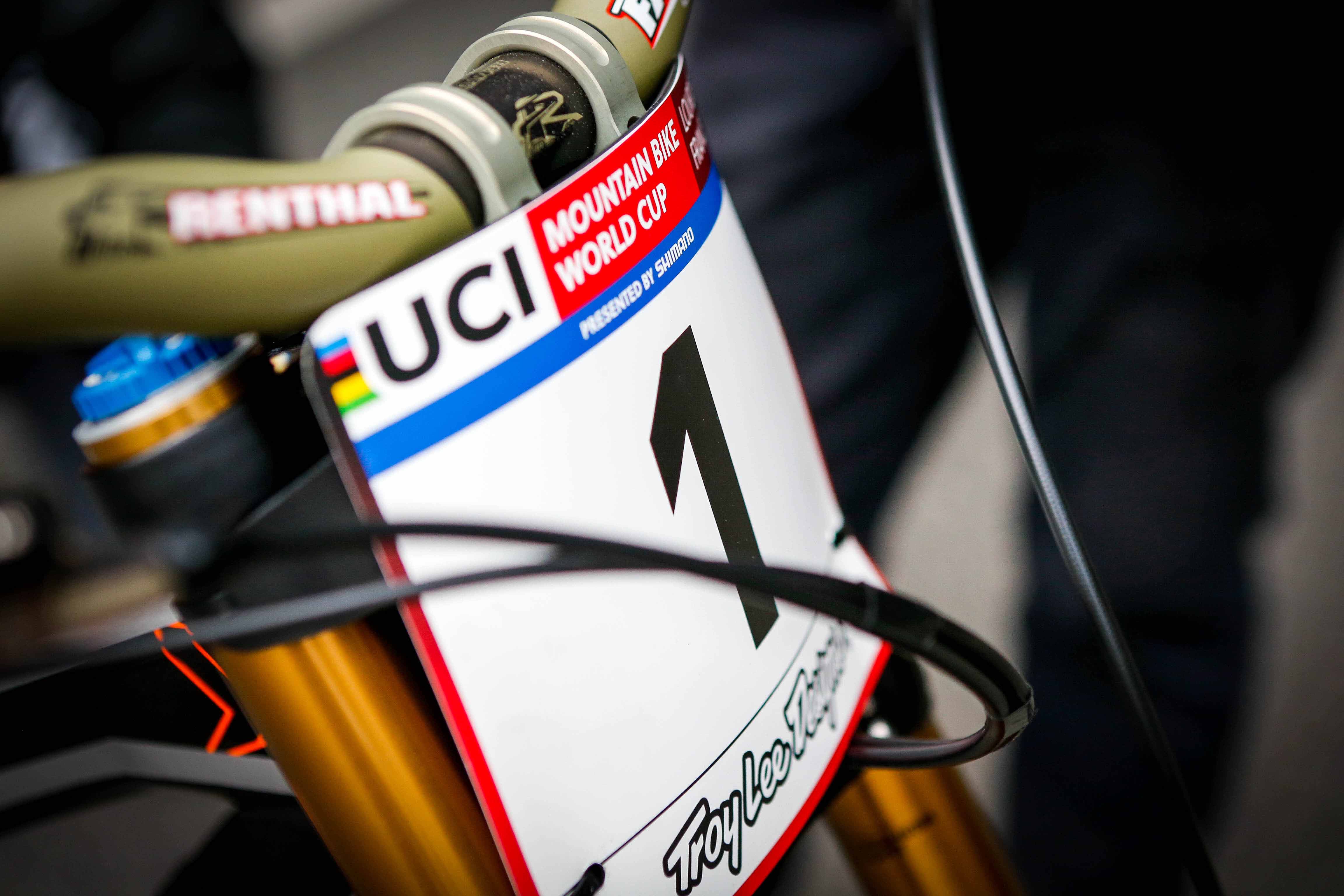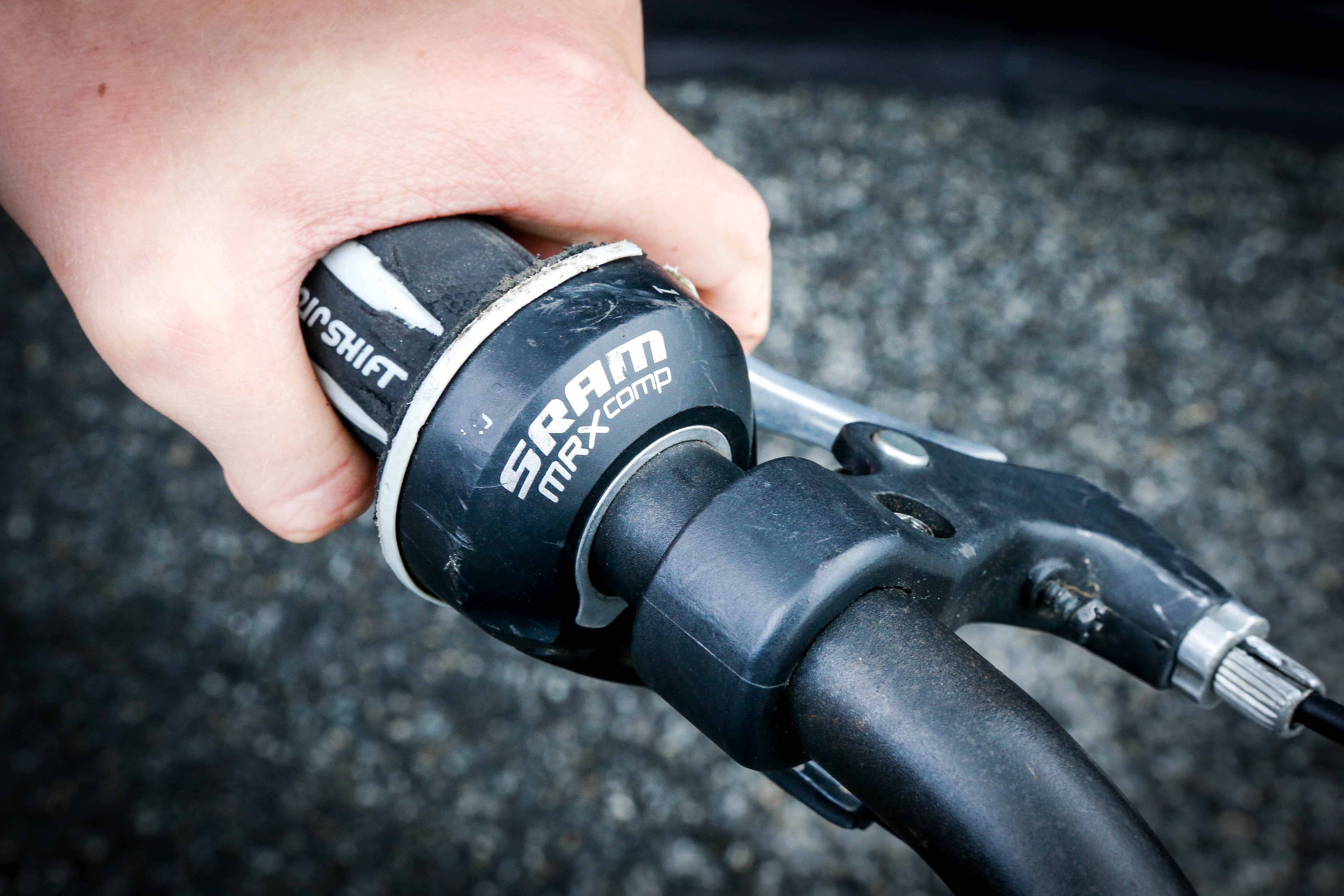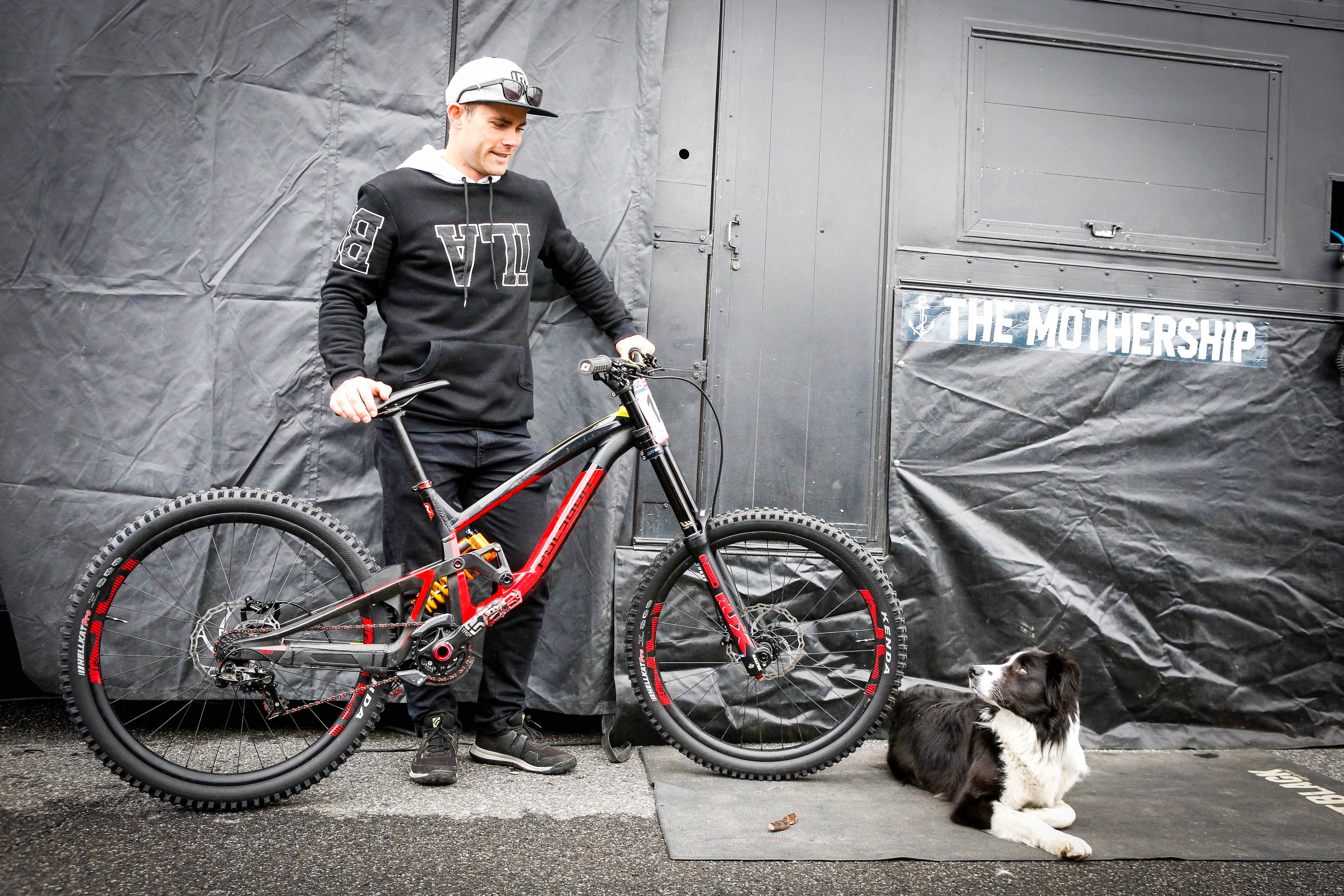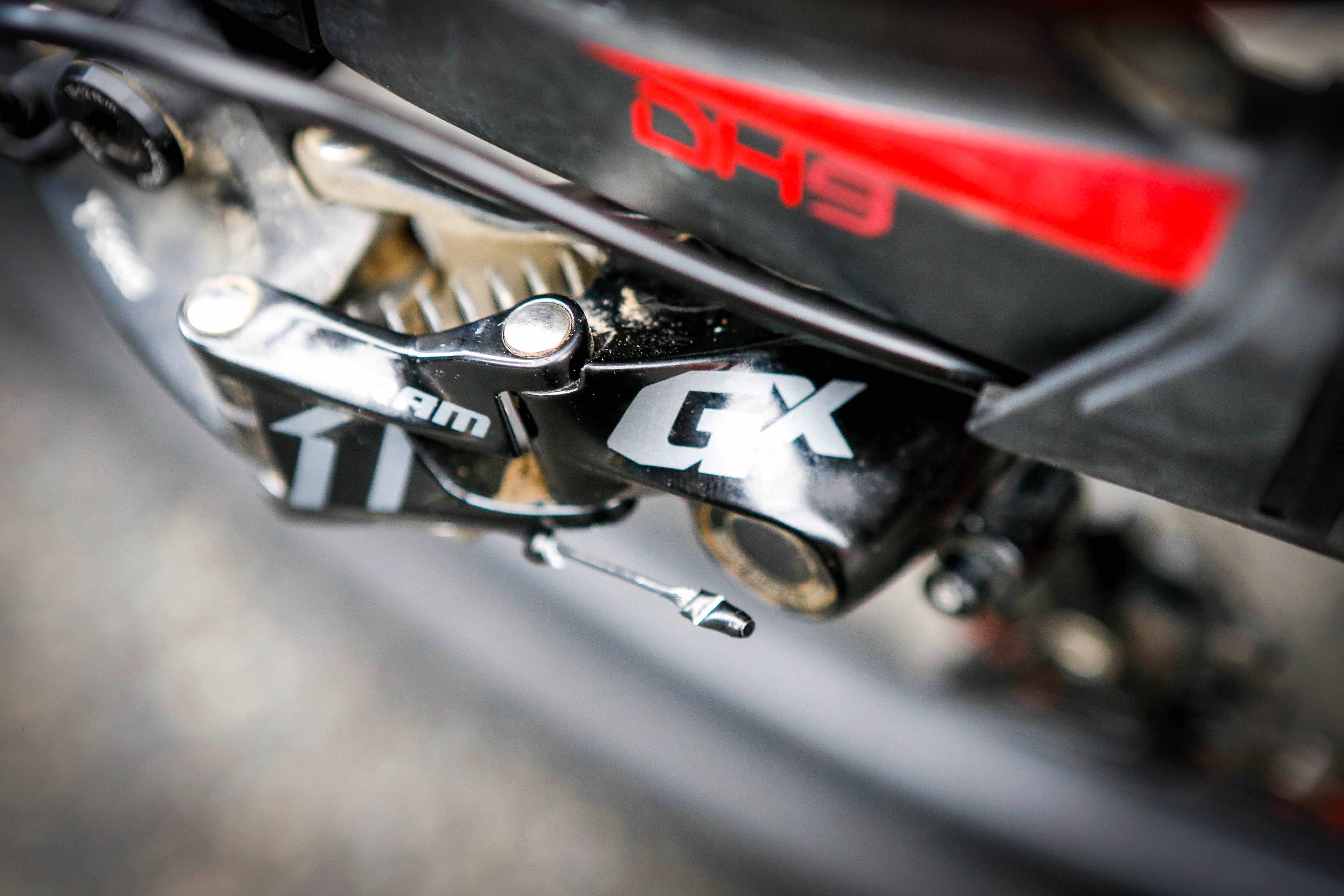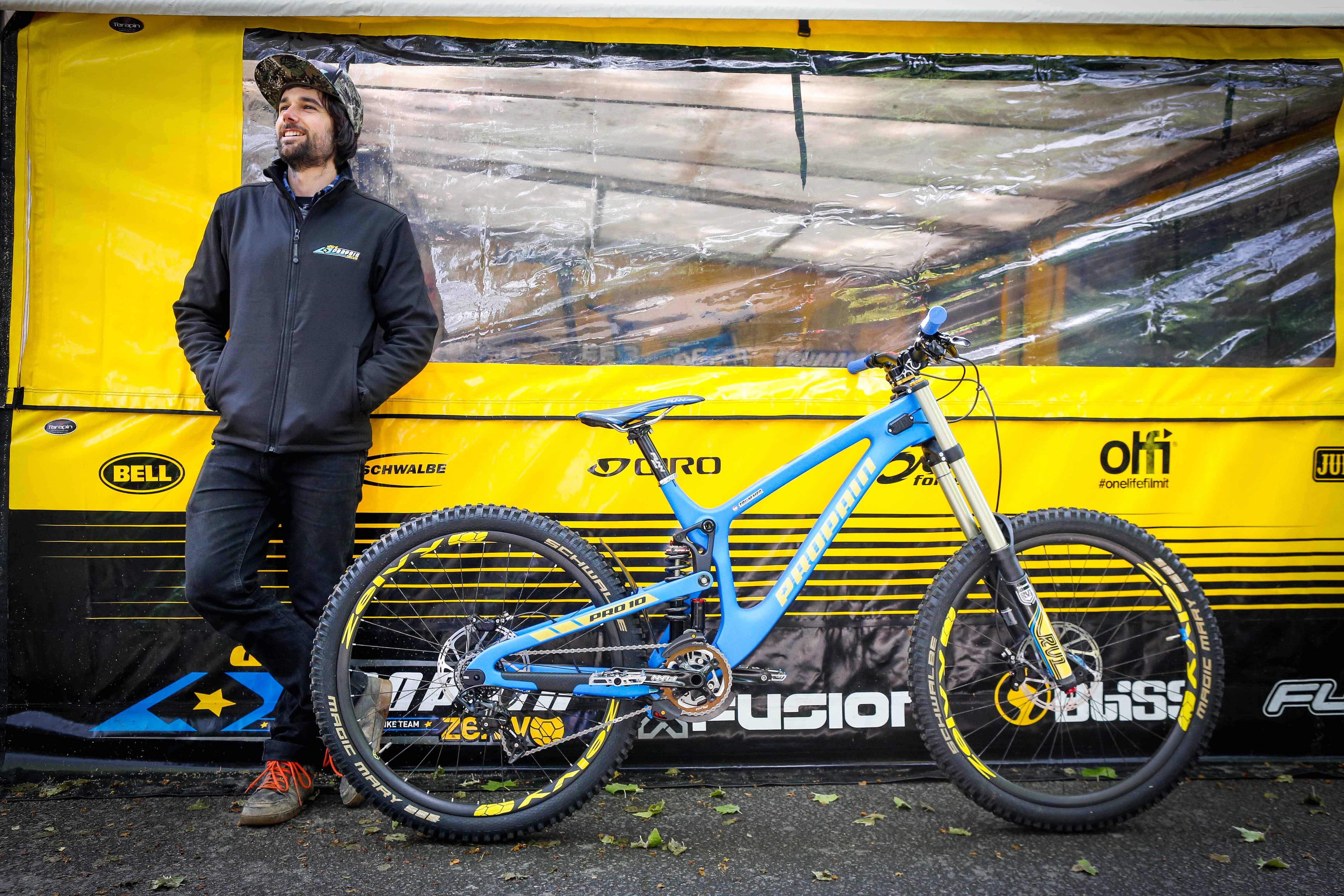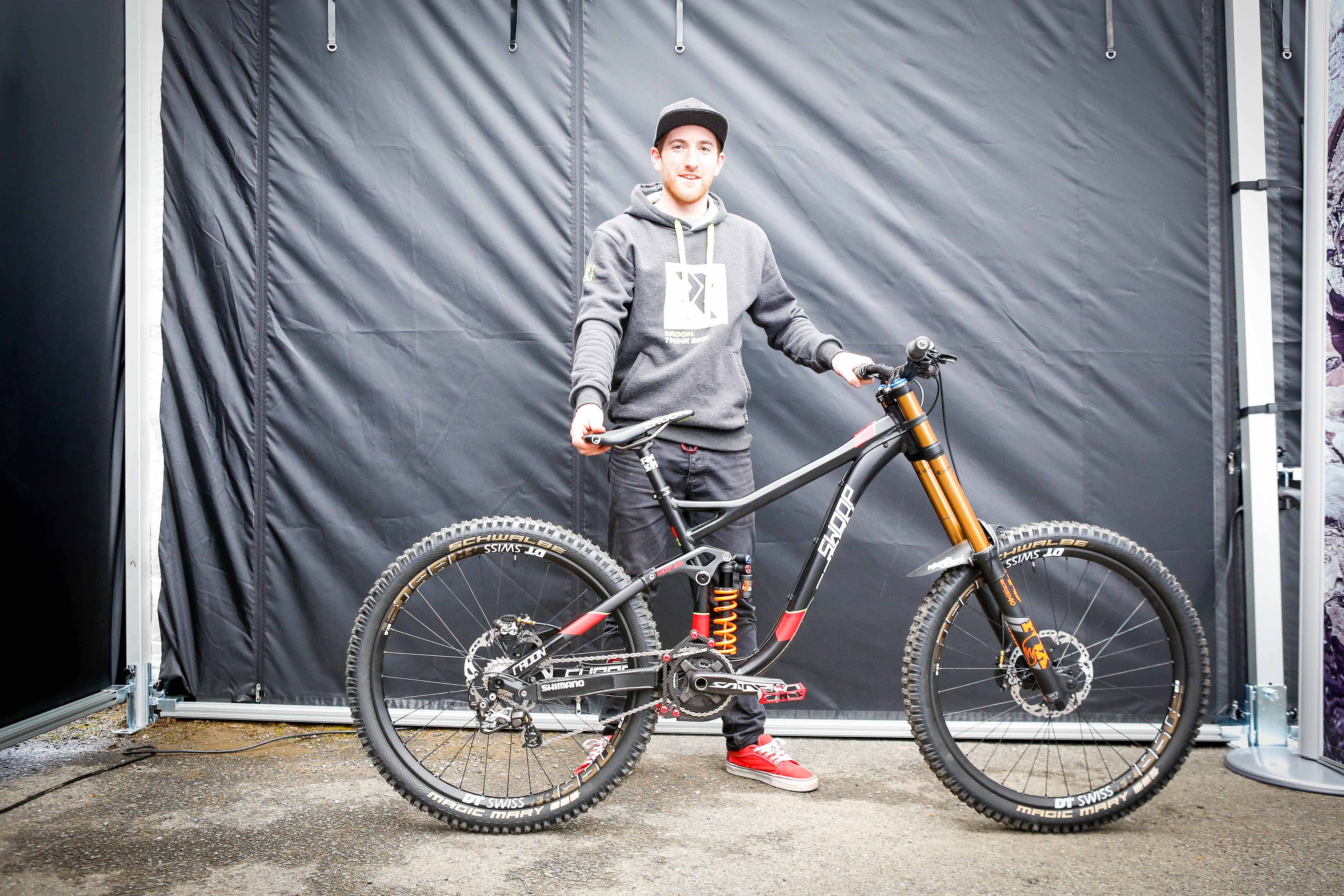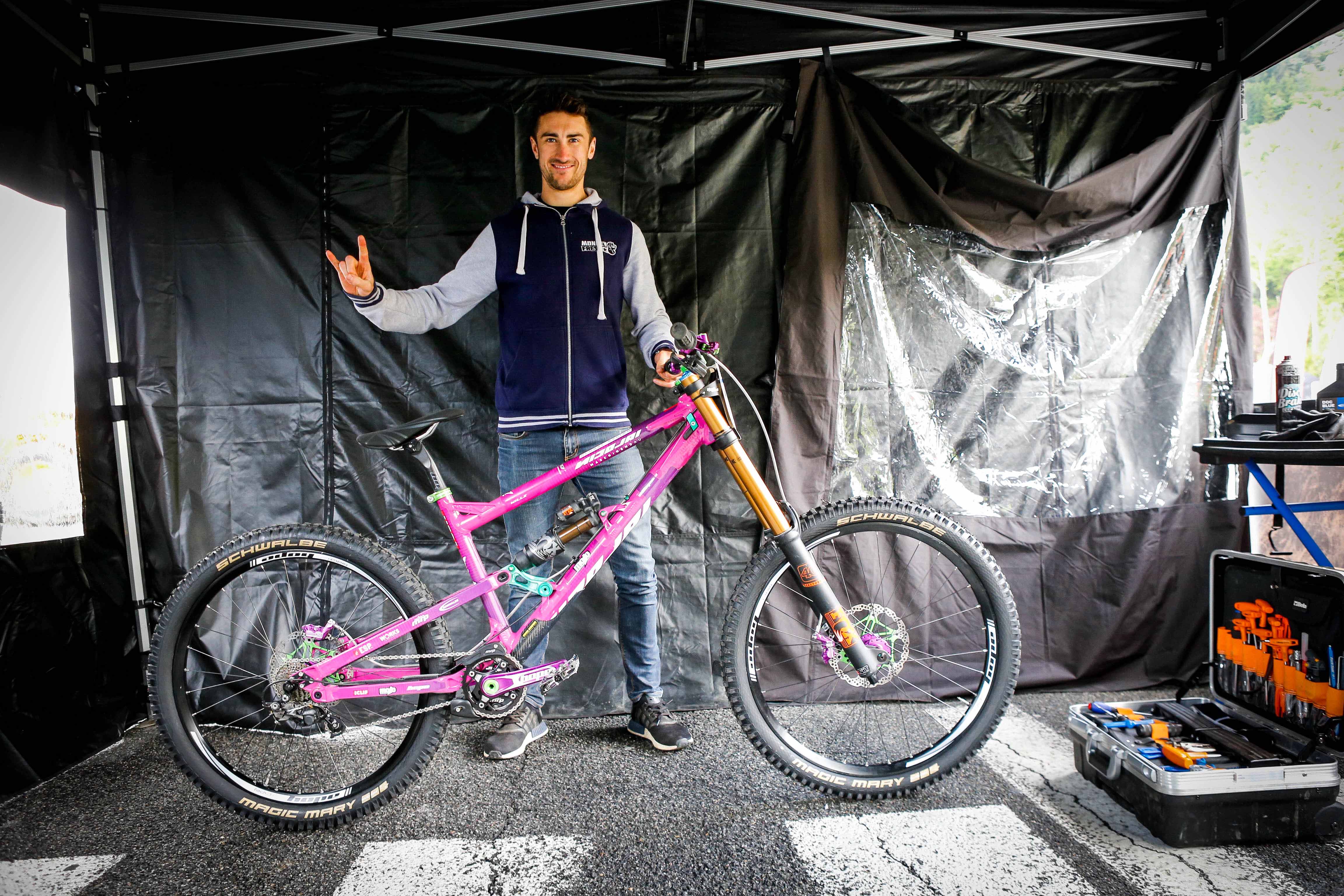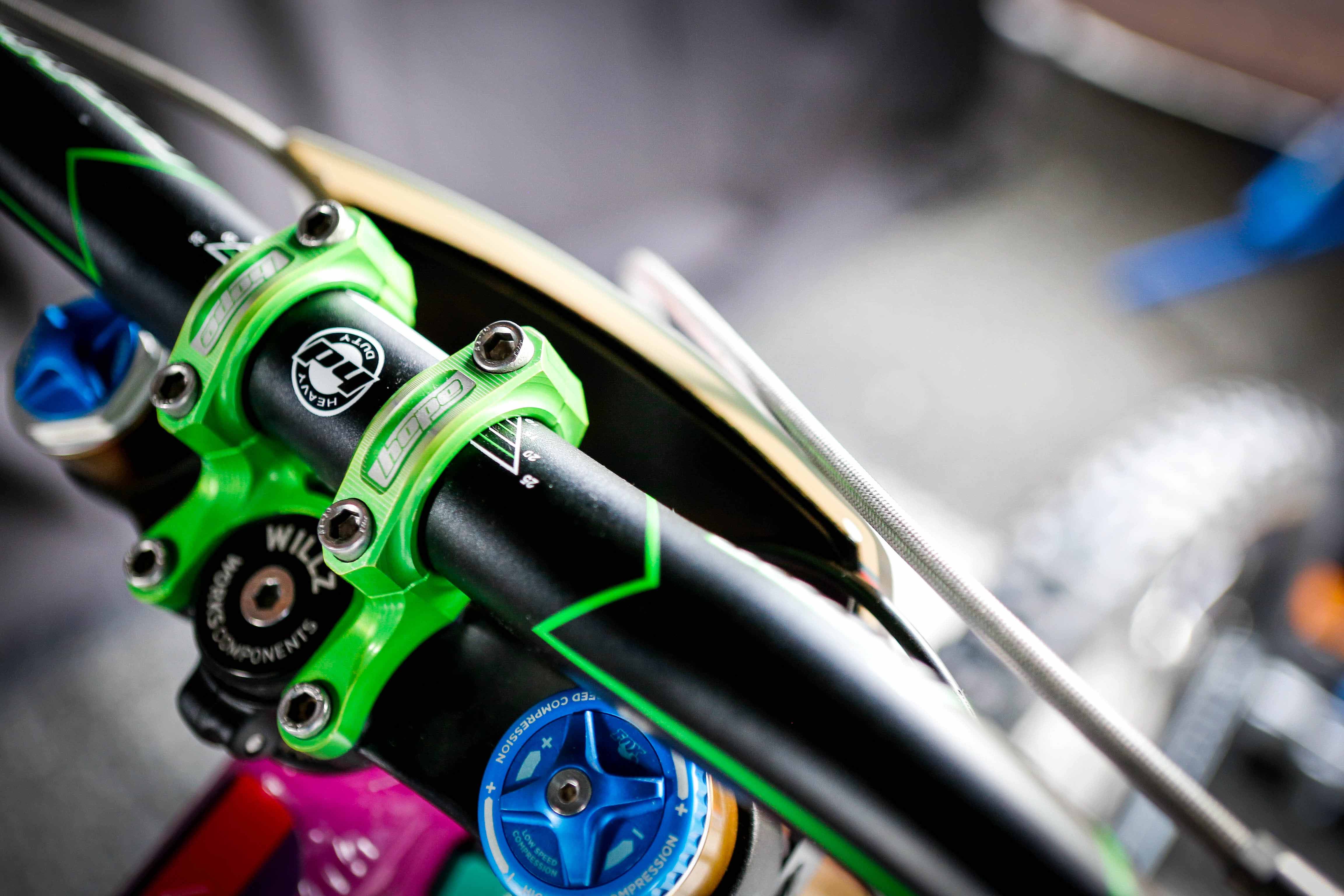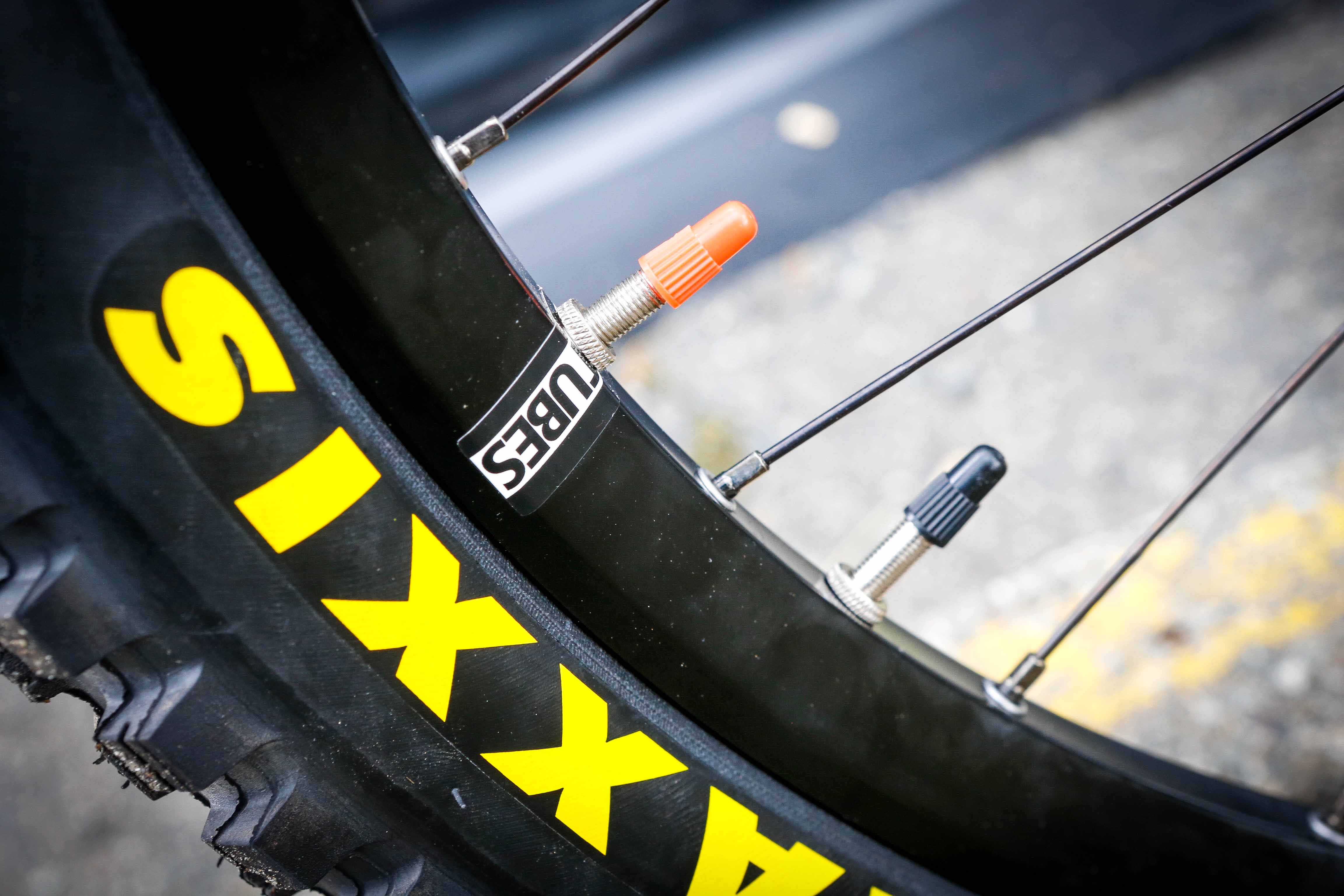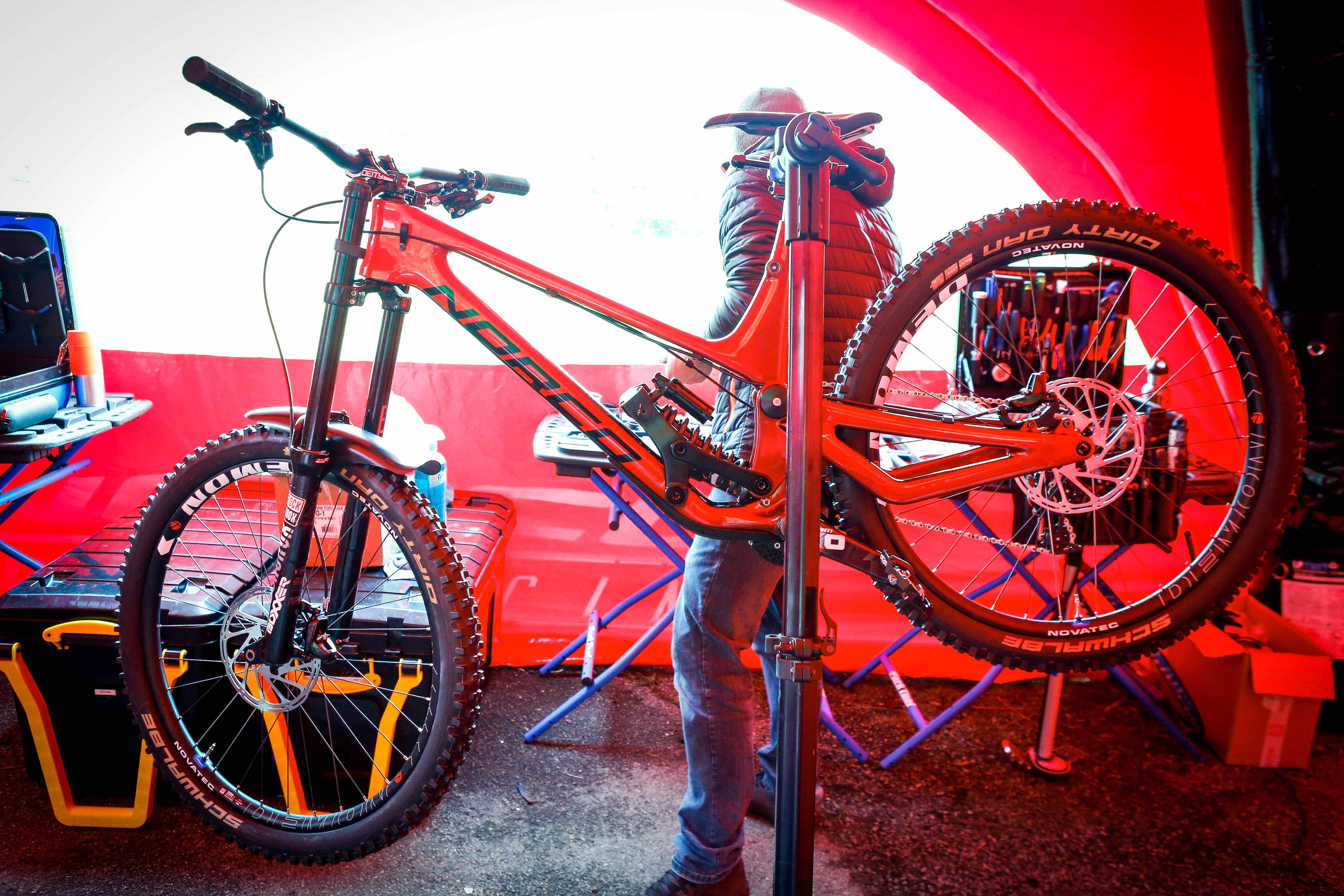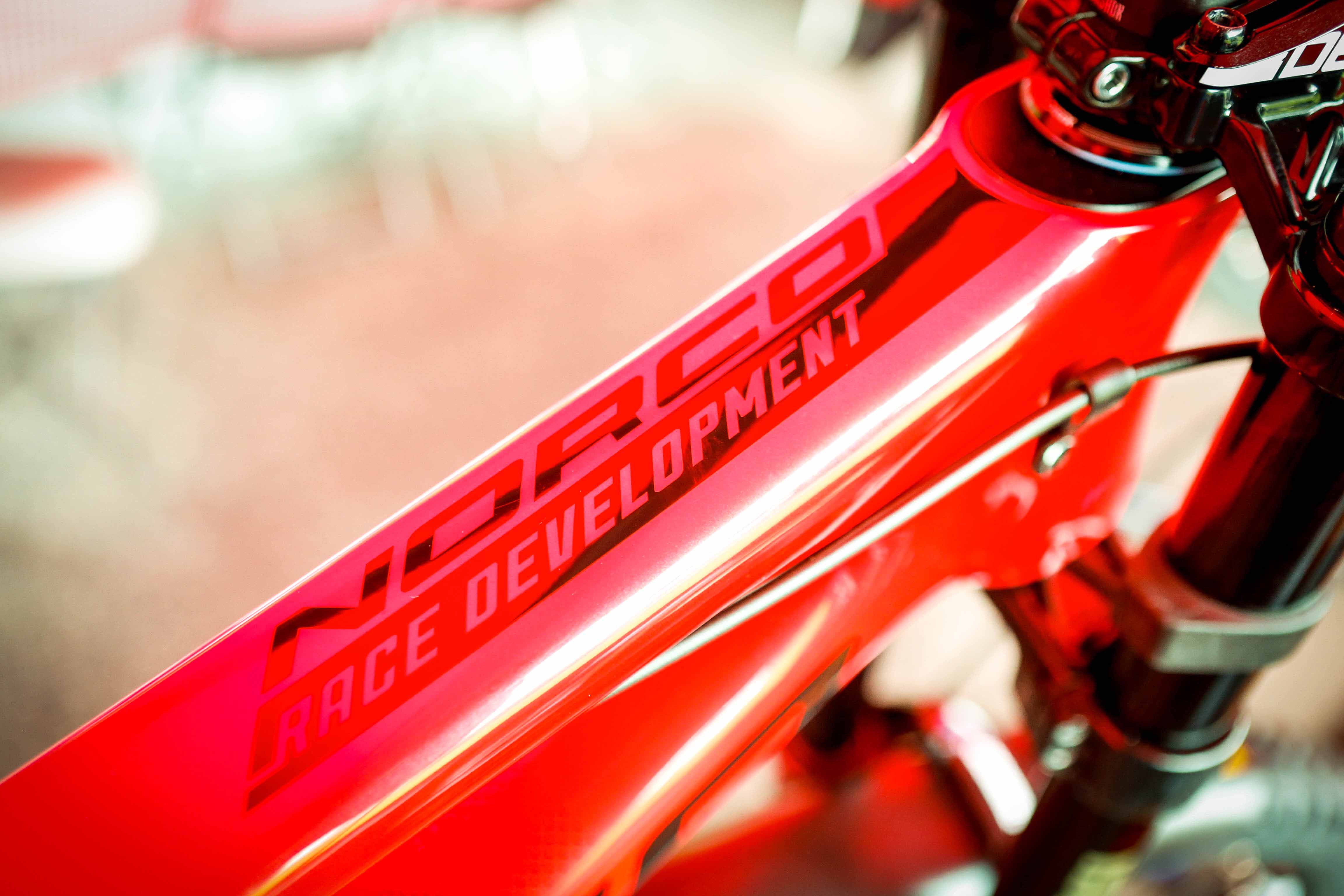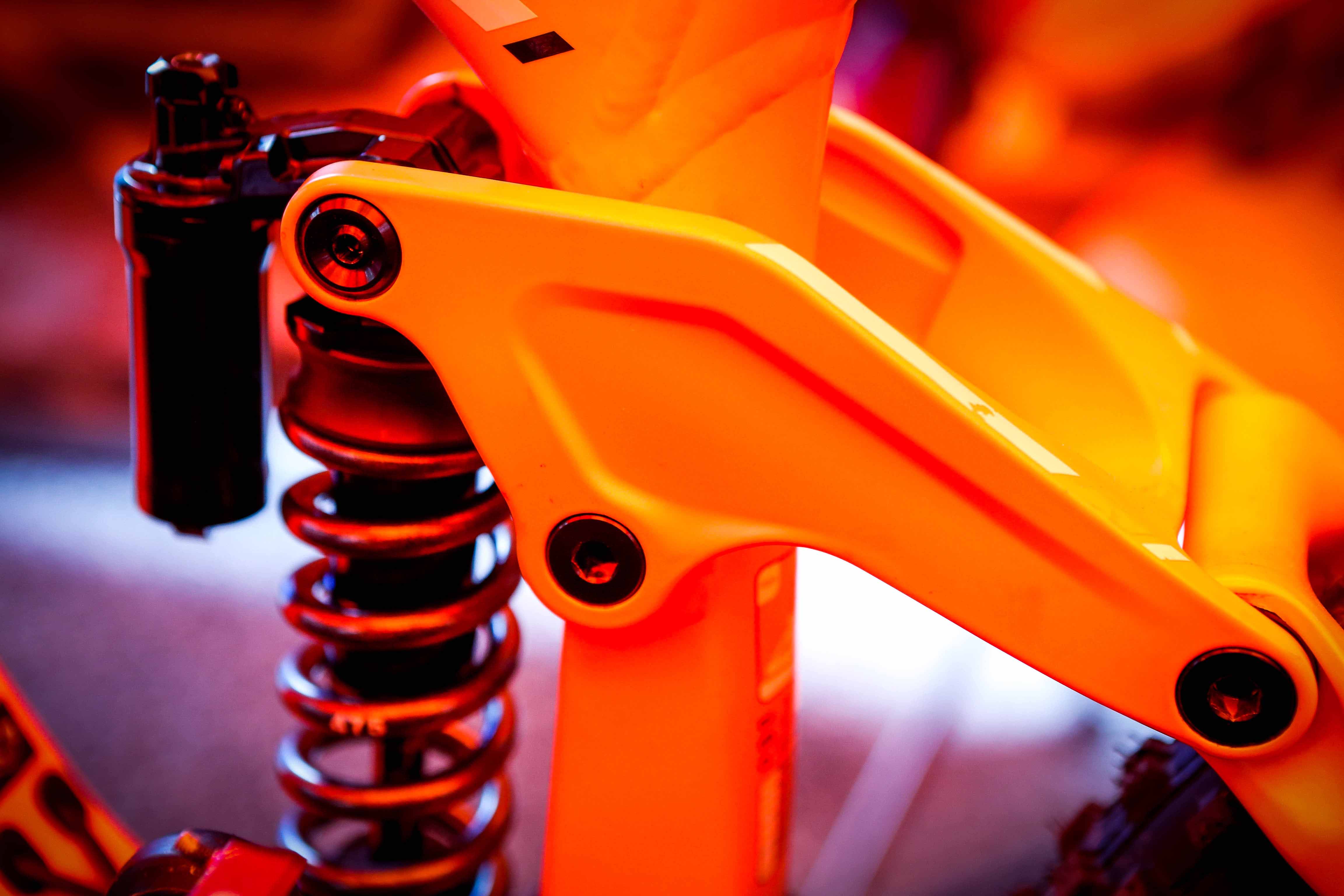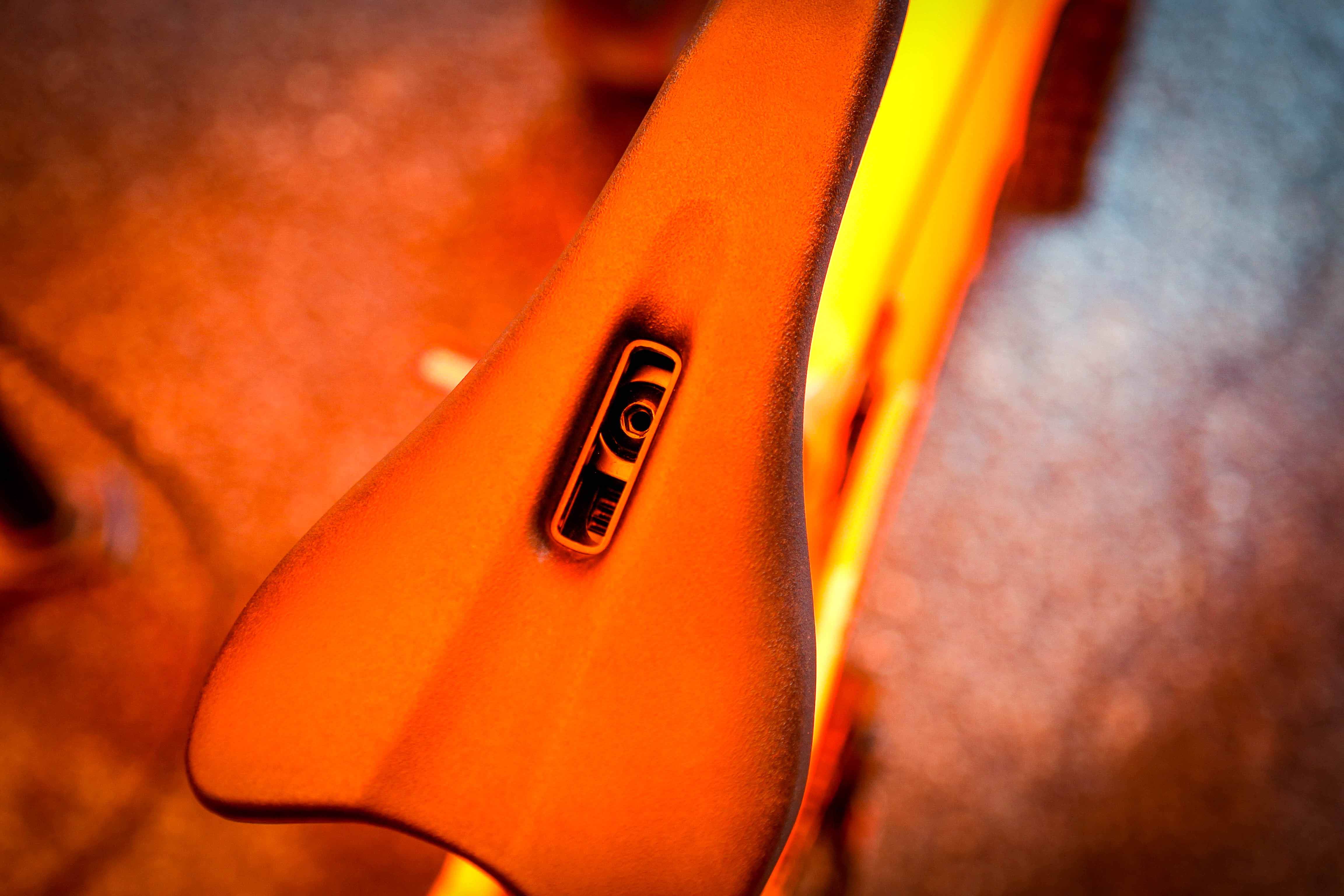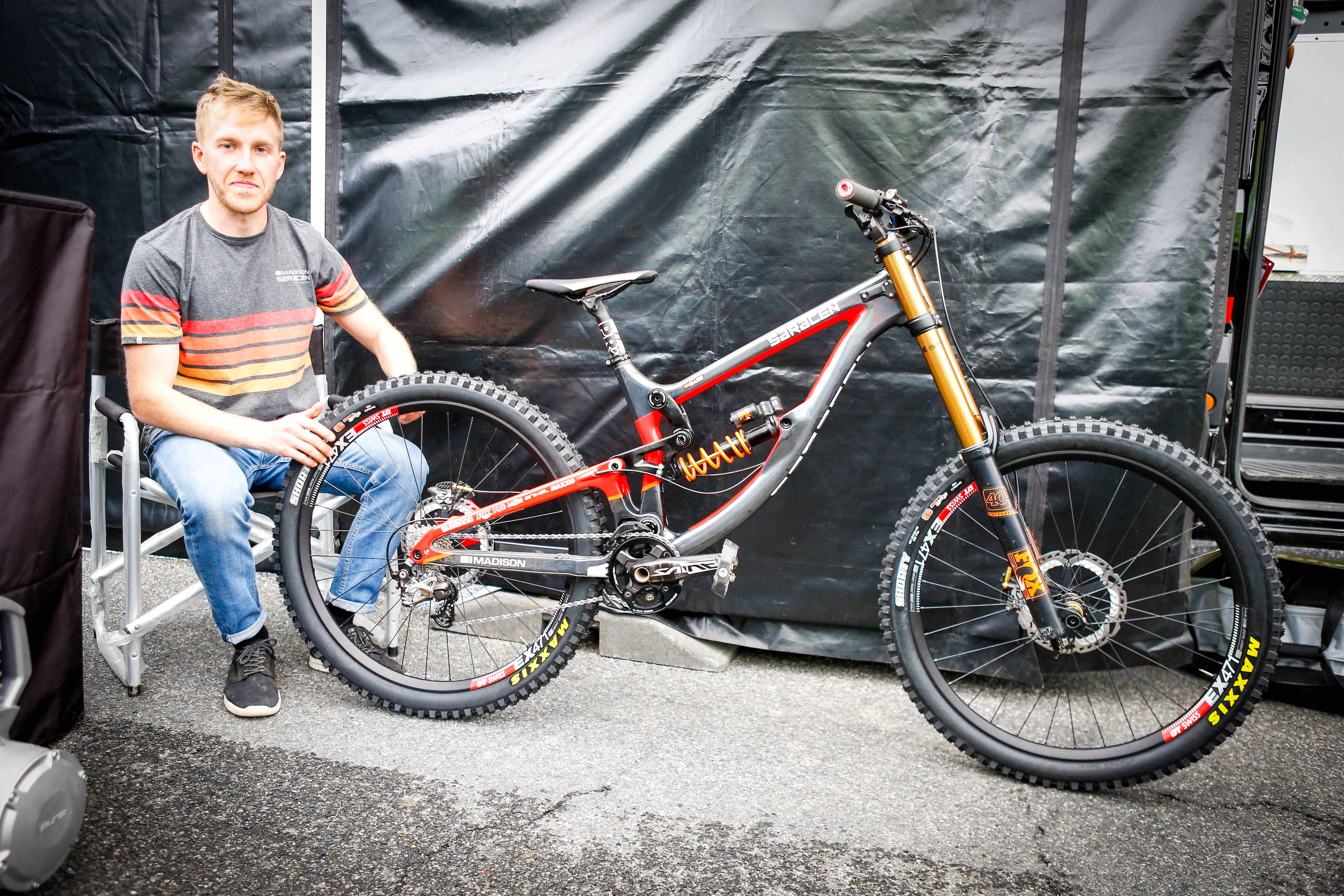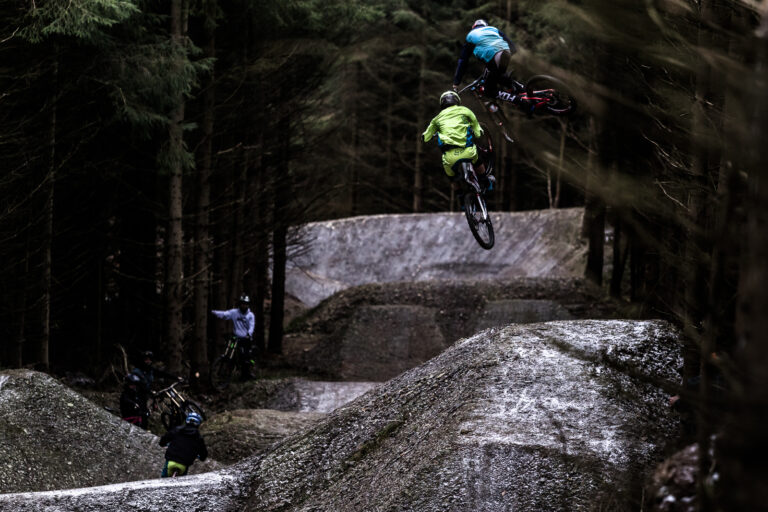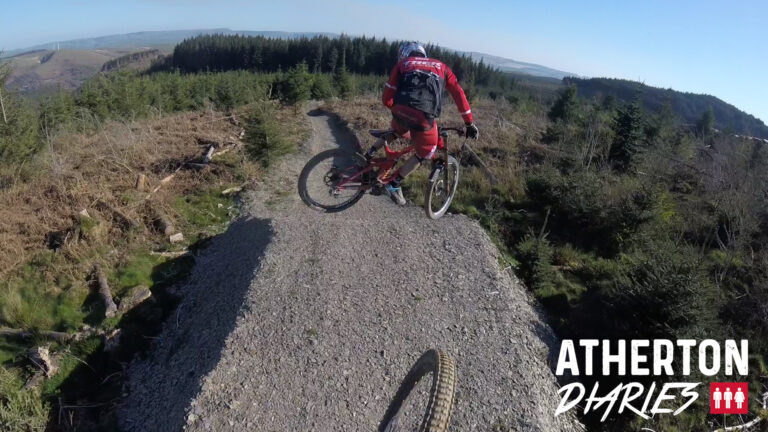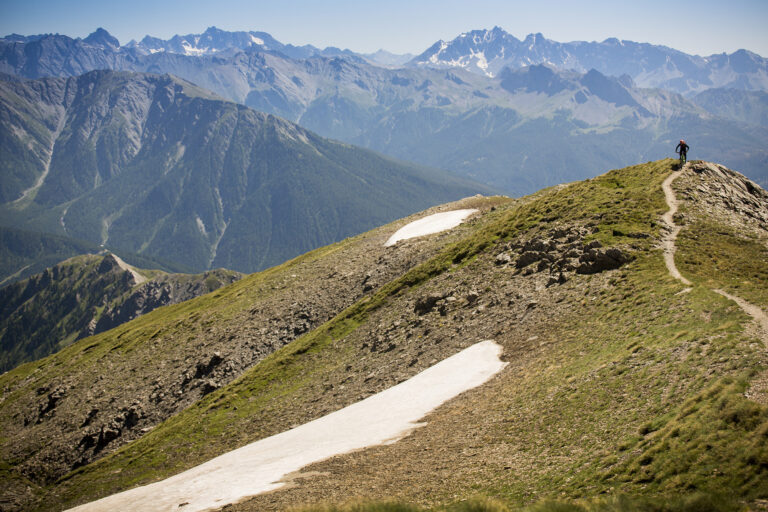“World Cups are the Formula One of downhill”. It’s one of those many nuggets of mountain bike ‘wisdom’ we hear bandied around on a near daily basis here at Dirt. But really, how true is it?
Words and photos: Steve Jones
Formula One represents the pinnacle of motorsport. The cars are proto cocktails constructed of parts that will more than likely never see full production. They are so specialised that the entire car becomes obsolete year-on-year.
There’s a general feeling that the bikes on the World Cup circuit are dripping in non-standard tech, that there is an unspoken agreement between media and teams to hide the secret parts that are still in development. But in reality there’s a different story going on. Yes, downhill is a hotbed of development for mountain (and road) bike technologies, but the bikes certainly aren’t a world away from the one you may have in your shed.
Even Santa Cruz’s ‘radical’ new V10 only had a new fork and back end. Paint job aside, the rest of the bike was a fairly standard V10 with an angleset to iron out the creases.
To prove this, we went around the pits and asked just how much of each bike was unavailable for the public to buy. We had a list of 35 components, including everything from spokes to frames, then worked out what percentage of them were stock. The results even surprised us with most of the bikes being virtually stock, even from big teams like Mondraker and Madison.
We should say there’s no judgement cast either way here. This isn’t an exercise to weed out companies that aren’t developing enough. In fact, if anything it’s the opposite. If the kit you can buy on the shelves is being raced at the highest level then surely that’s a good thing, right?

